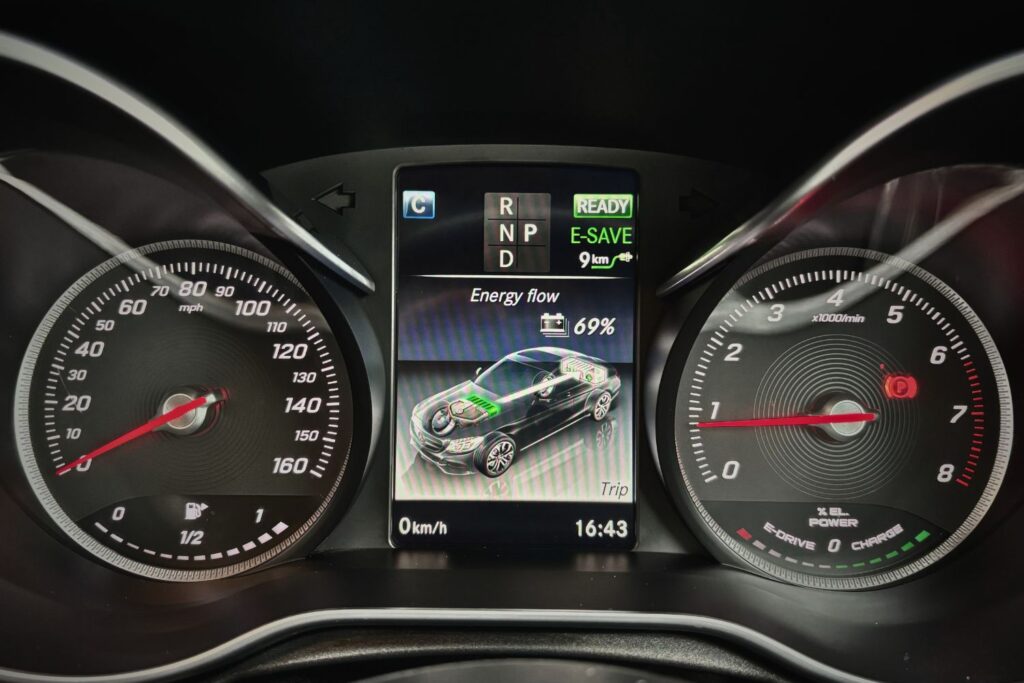
mercedes plug-in HYBRID repair
Common problems with Mercedes plug-in hybrid vehicles can vary depending on the model and year, but here are some issues that hybrid vehicles in general, including Mercedes plug-in hybrids, may encounter:
Problems with the hybrid battery pack can arise, such as reduced capacity over time, which can result in decreased electric range or performance. Issues with battery management systems or individual cells can also occur.
Issues with the charging system, including faulty charging cables, charging ports, or problems with the onboard charger, can affect the vehicle’s ability to charge properly.
Like any modern vehicle, Mercedes plug-in hybrids have complex electrical systems that can experience malfunctions. This may include issues with sensors, wiring, or electronic control units.
Problems with the hybrid powertrain components, such as the electric motor, power electronics, or transmission, can occur and may require diagnosis and repair by trained technicians.
Updates to the vehicle’s software may be necessary to address performance issues, optimize fuel efficiency, or resolve software bugs that could affect various vehicle systems.
Issues with the heating, ventilation, and air conditioning (HVAC) system, including problems with the electric heater or air conditioning compressor, may arise and require attention.
Problems with the regenerative braking system, which captures energy during braking and feeds it back into the battery, may occur and could affect braking performance or efficiency.
Any issues related to the high-voltage electrical system require specialized knowledge and equipment to diagnose and repair safely.
It’s important to address any issues promptly to prevent further damage and maintain the reliability and performance of your Mercedes plug-in hybrid vehicle. If you experience any problems, it’s recommended to consult with an authorized Mercedes-Benz service center or dealership for proper diagnosis and repair.
Hybrid battery rebuild service
HYBRID BATTERY
REBUILD-
Mercedes C350e
-
Mercedes E350e
-
-
-
Price is starting from and should be confirmed before visit
FAQ
Most frequent questions and answers
Plug-in hybrids typically have an electric-only range varying from around 15 to 50 miles, depending on the model and battery capacity. After depleting the electric range, they operate like regular hybrid vehicles, using a combination of electric and petrol power.
Charging times vary based on the charging method and the vehicle’s battery capacity. Using a standard household outlet (120 volts), it can take anywhere from 6 to 12 hours to fully charge a plug-in hybrid. With a Level 2 charger (240 volts), charging times can be reduced to around 2 to 4 hours.
While plug-in hybrids have additional components compared to traditional petrol vehicles, their maintenance requirements are generally similar. However, they may require periodic checks on the high-voltage battery system and electrical components. Following the manufacturer’s recommended maintenance schedule is essential.
Yes, plug-in hybrids can operate in electric-only mode on motorways, but their electric range may be limited at higher speeds. Once the electric range is depleted, the vehicle will operate using both electric and petrol power, providing continuous propulsion.
Plug-in hybrids, unlike regular hybrids, have larger battery packs that can be charged externally via a power outlet. This allows plug-in hybrids to operate for extended distances on electric power alone before switching to gasoline power, whereas regular hybrids primarily rely on regenerative braking and the internal combustion engine to recharge their smaller battery packs.
